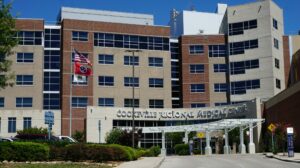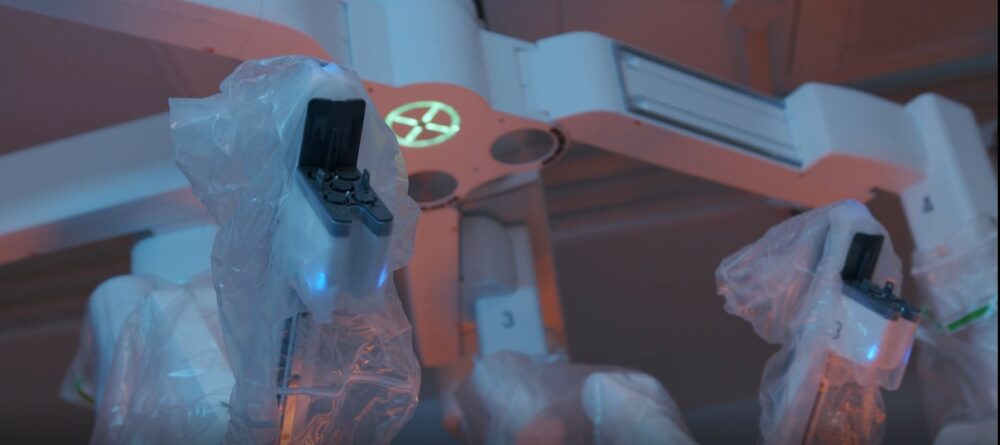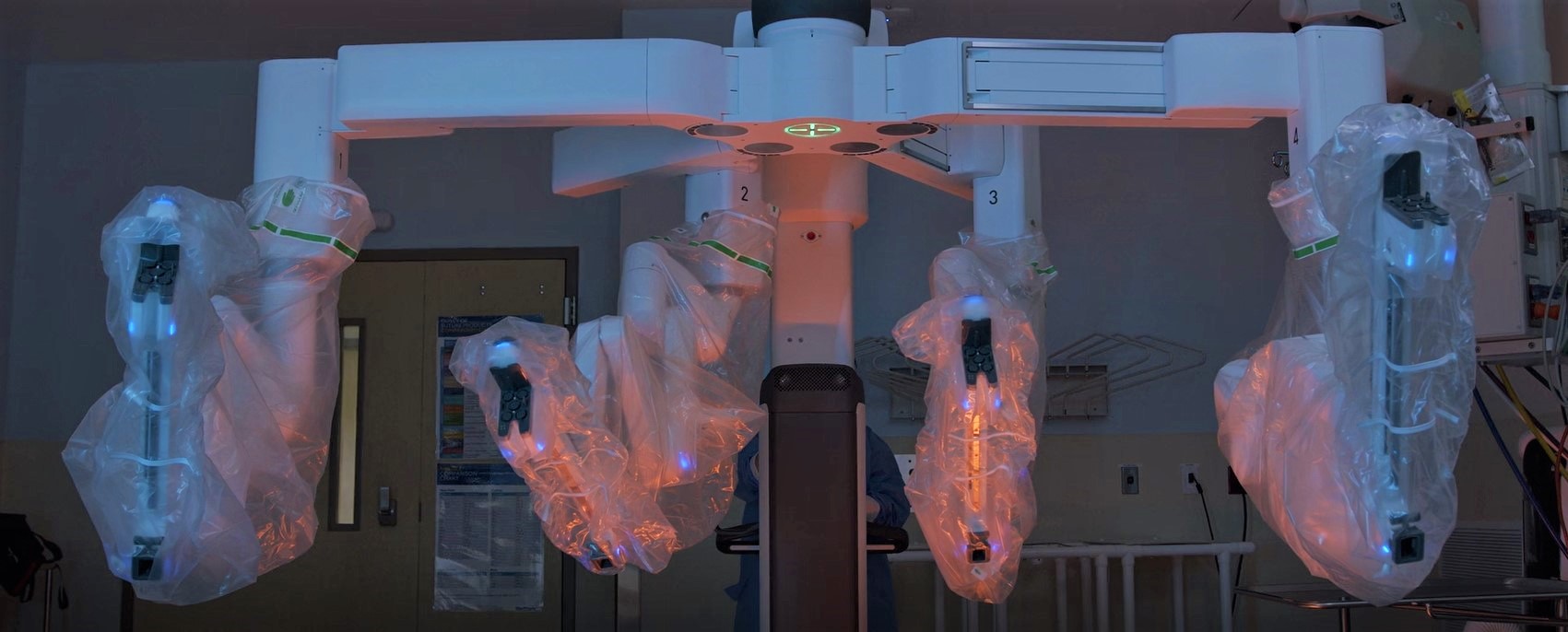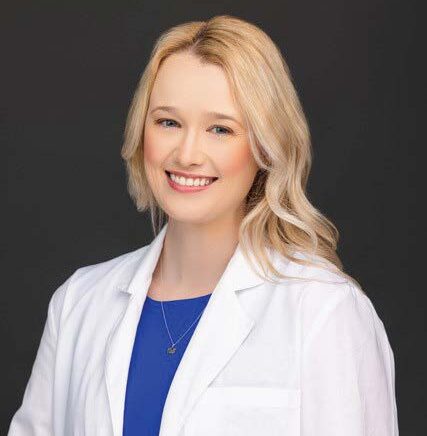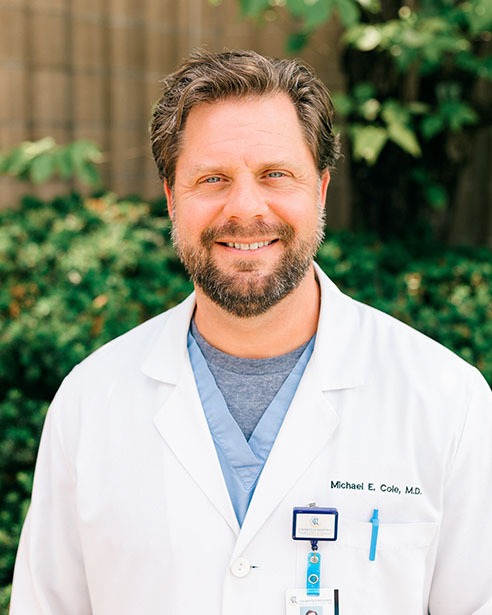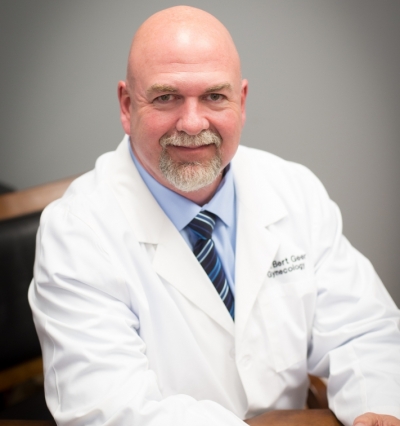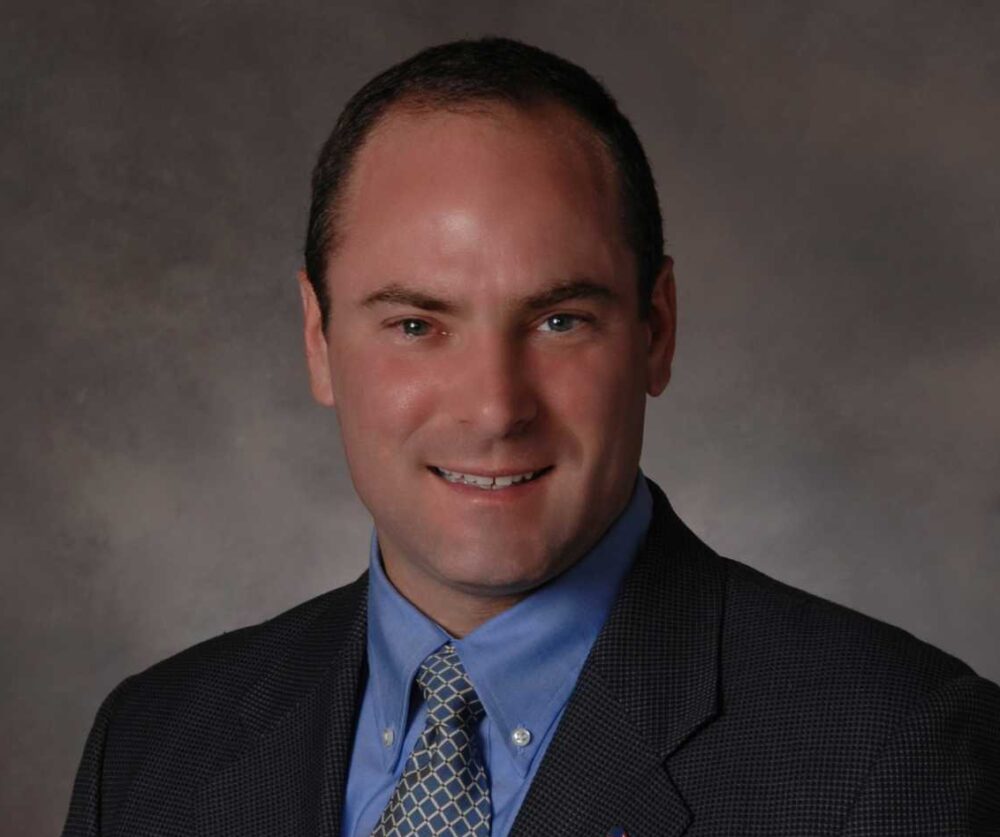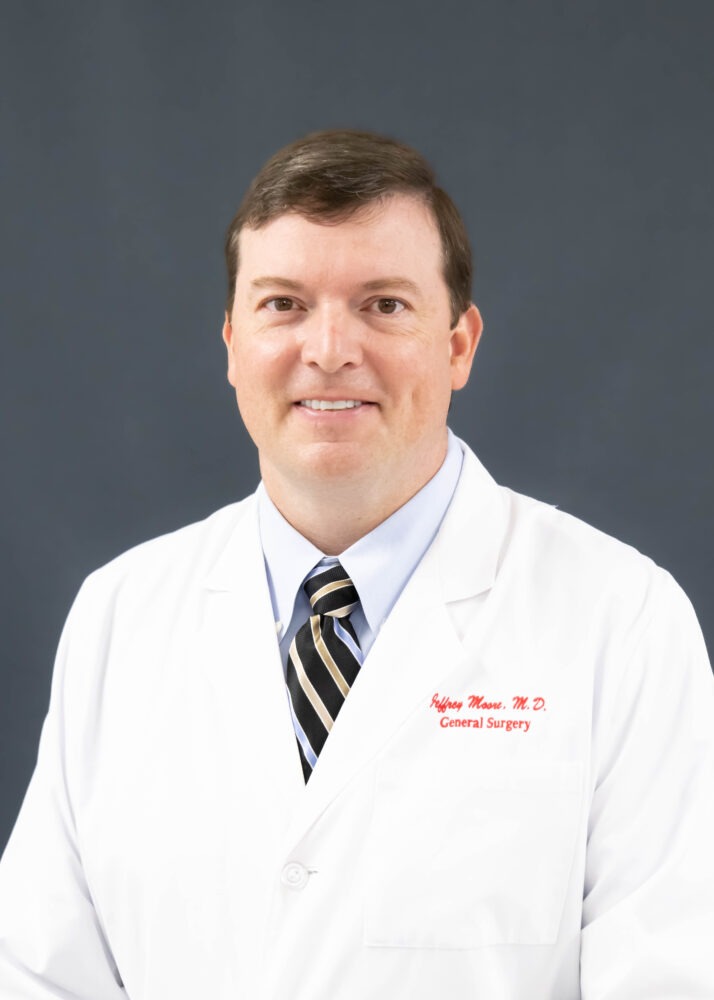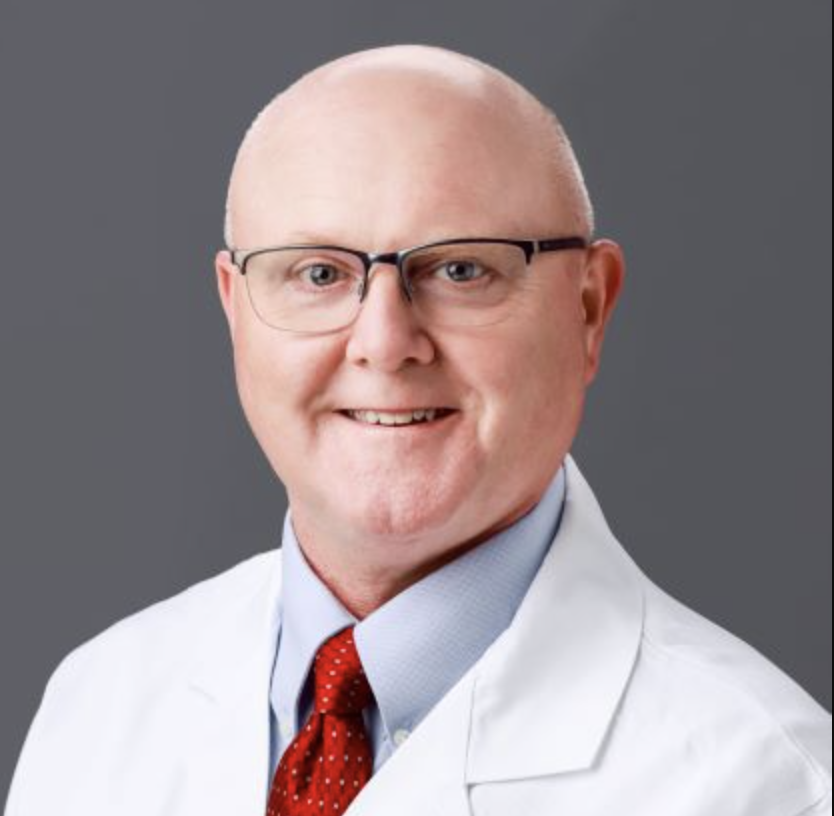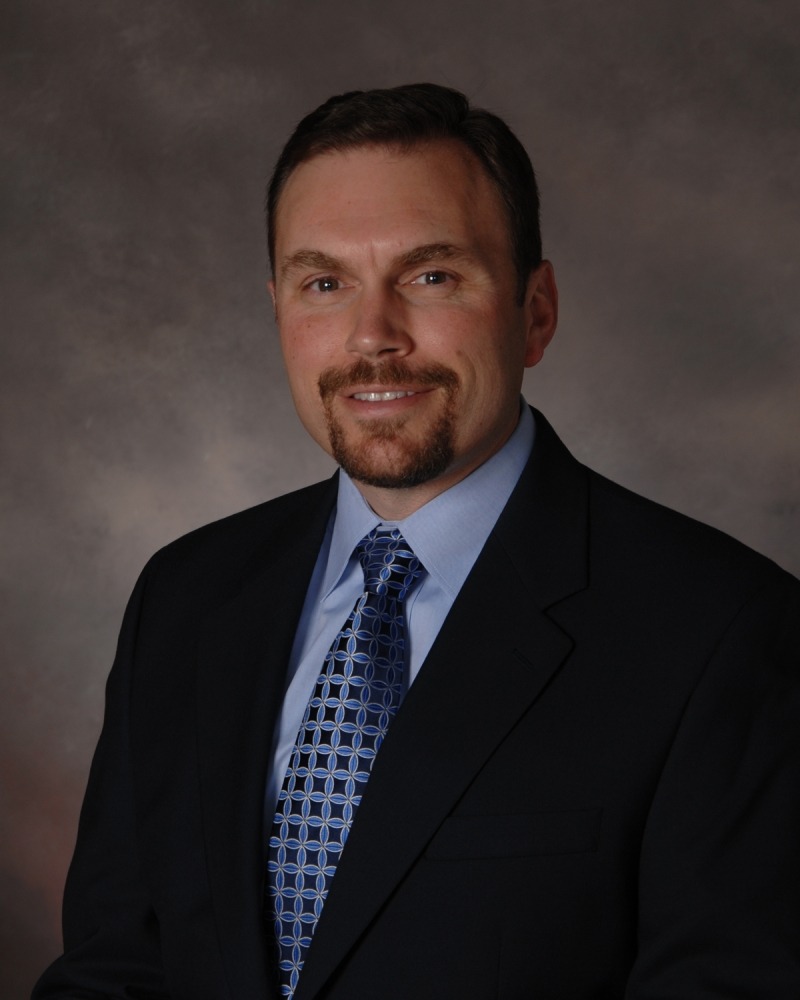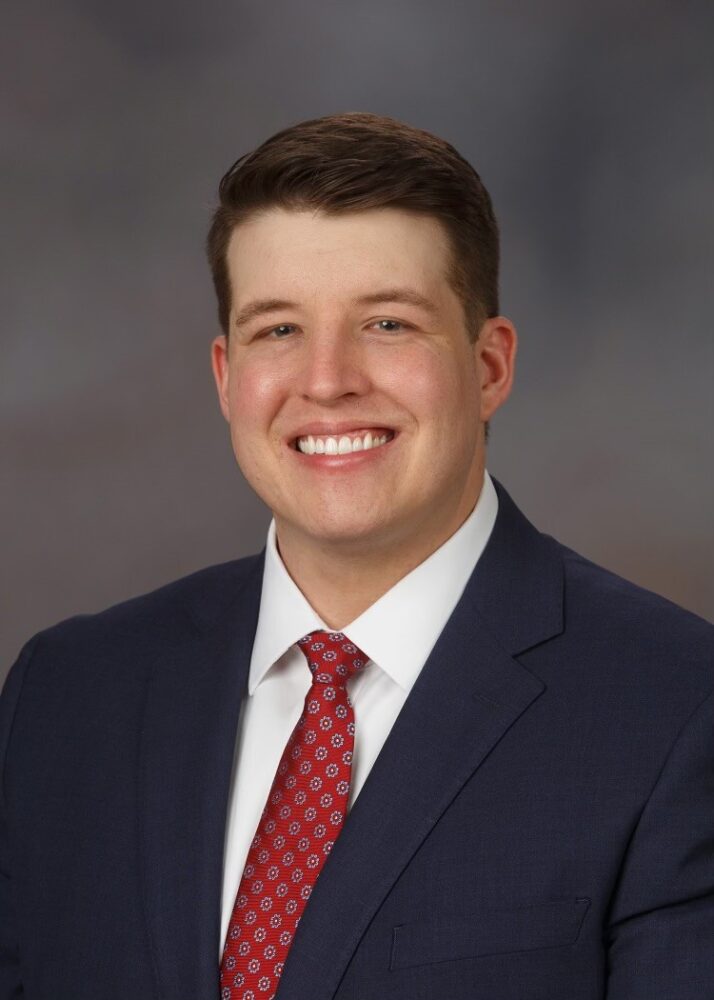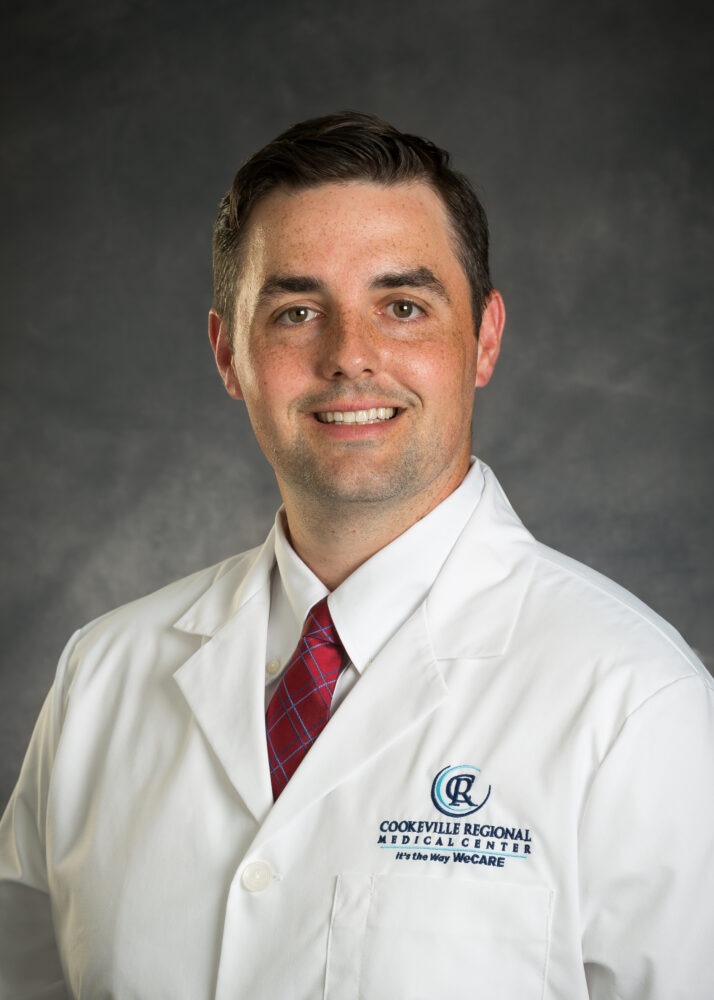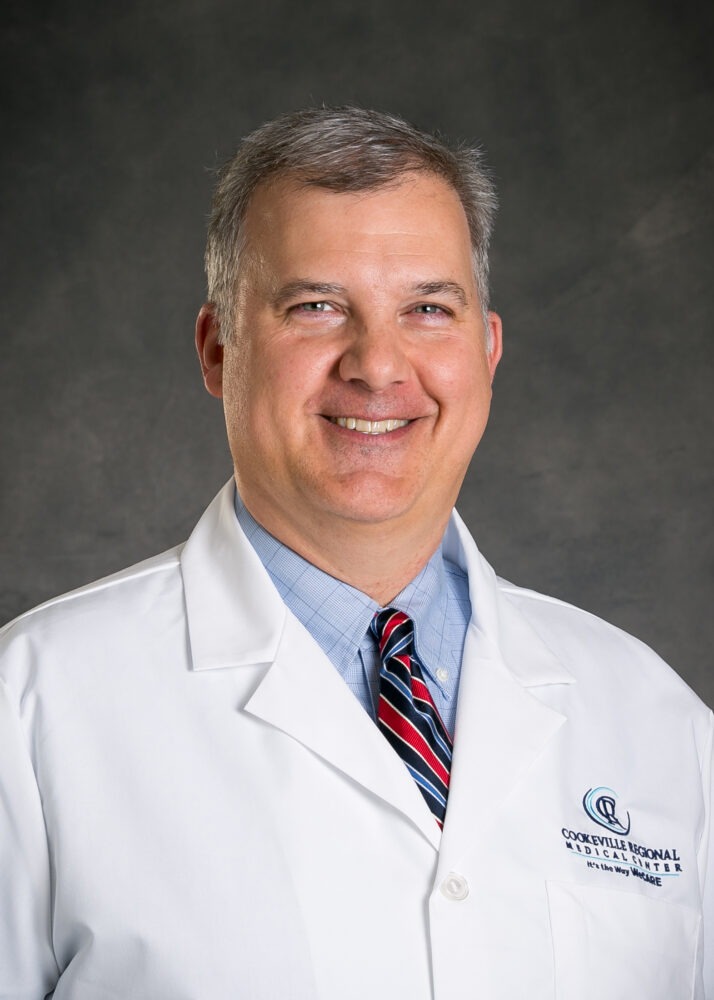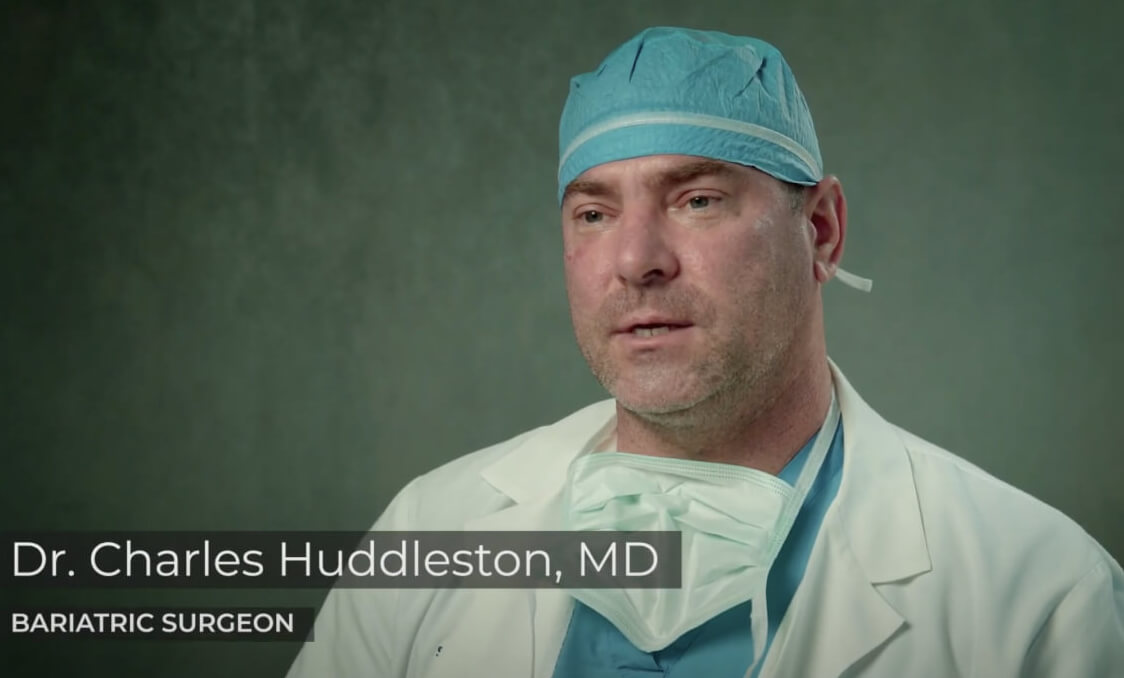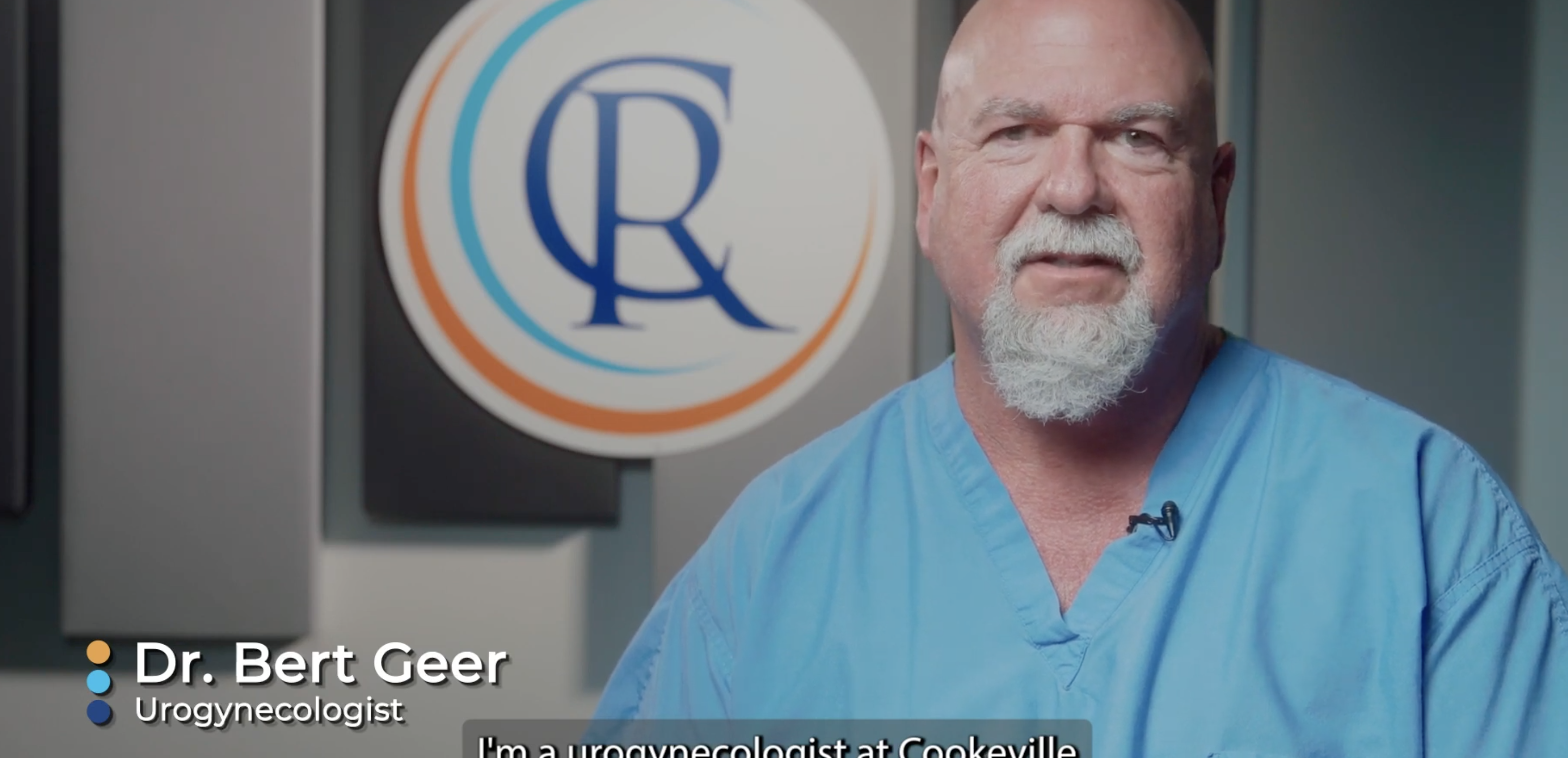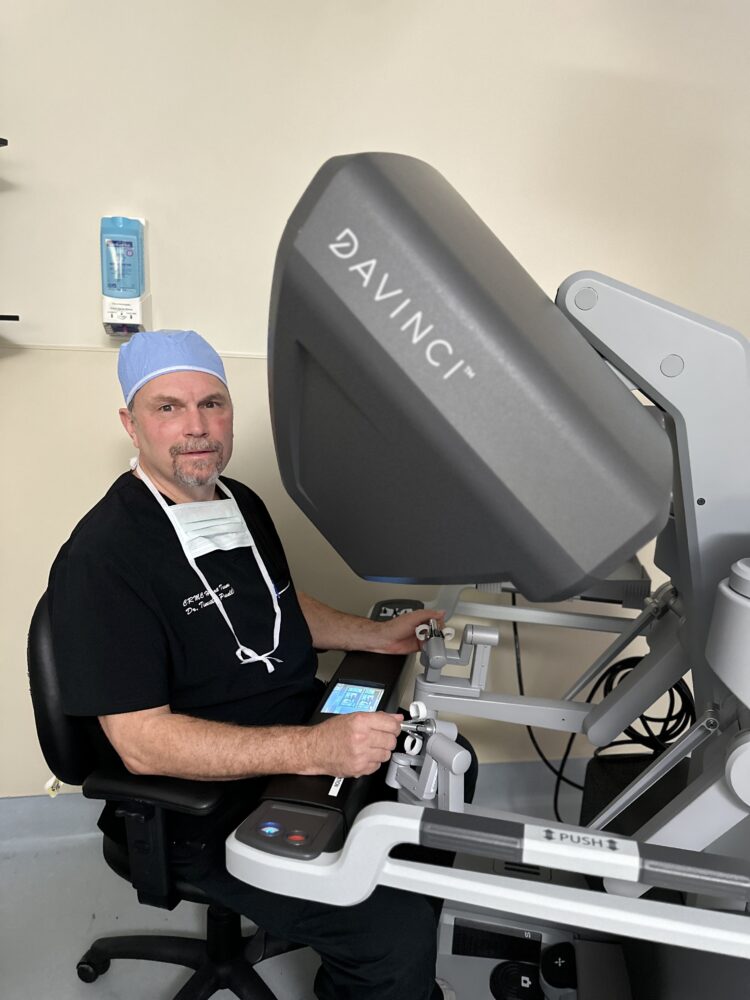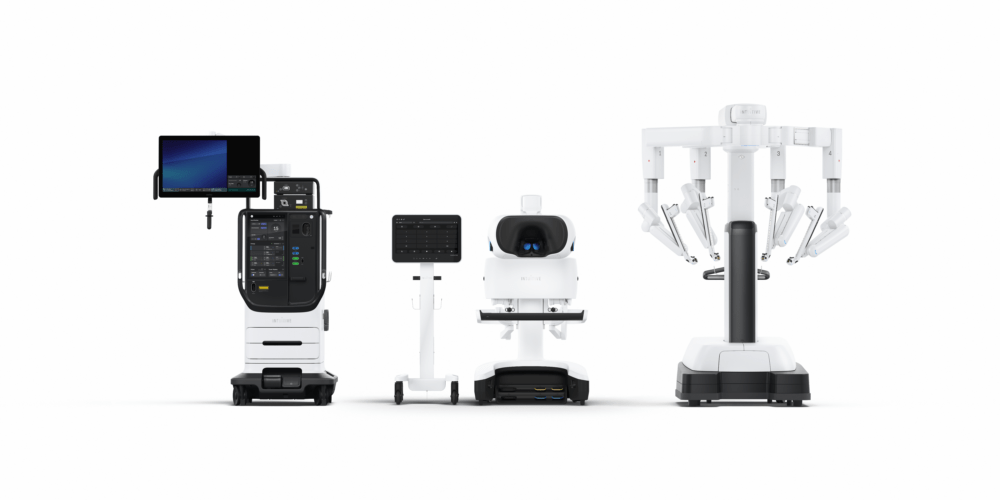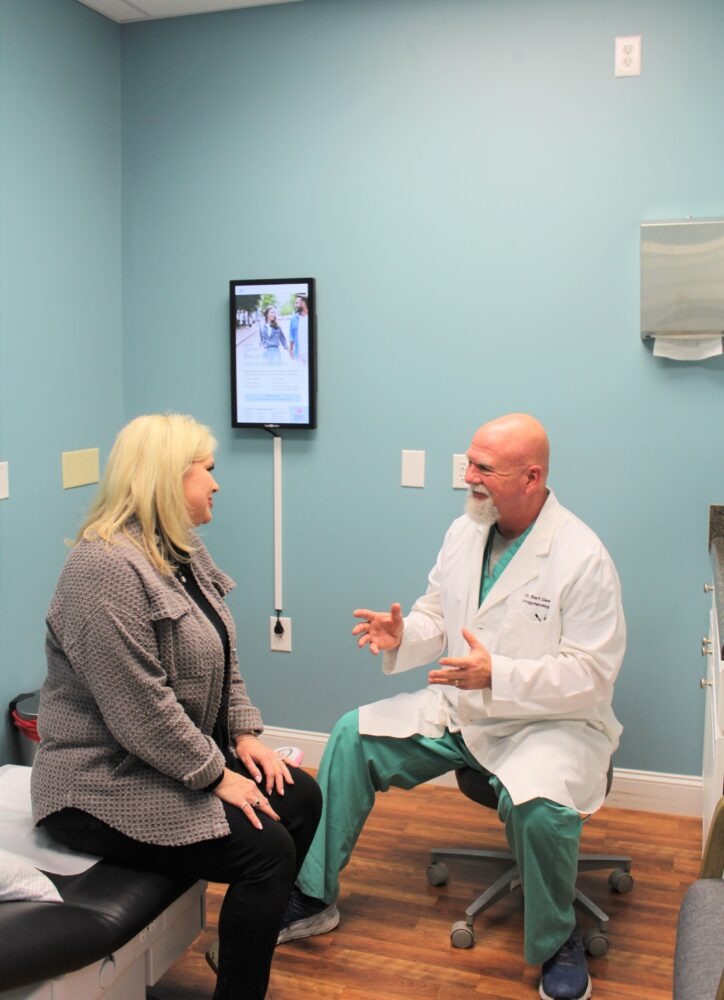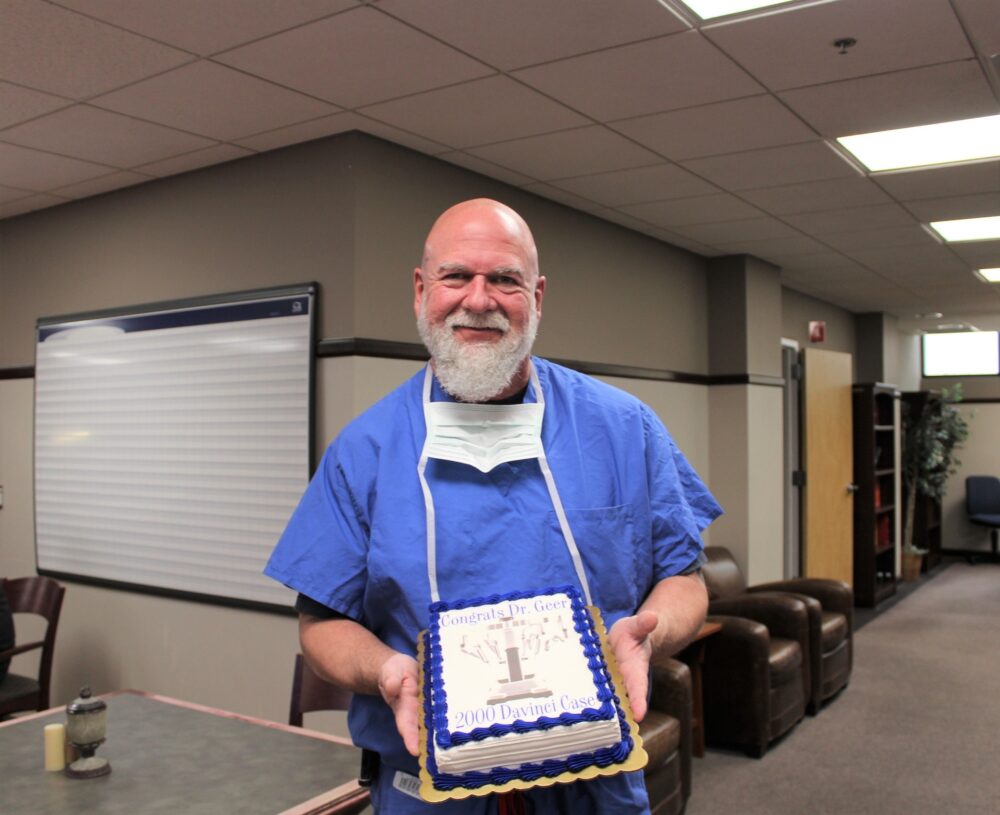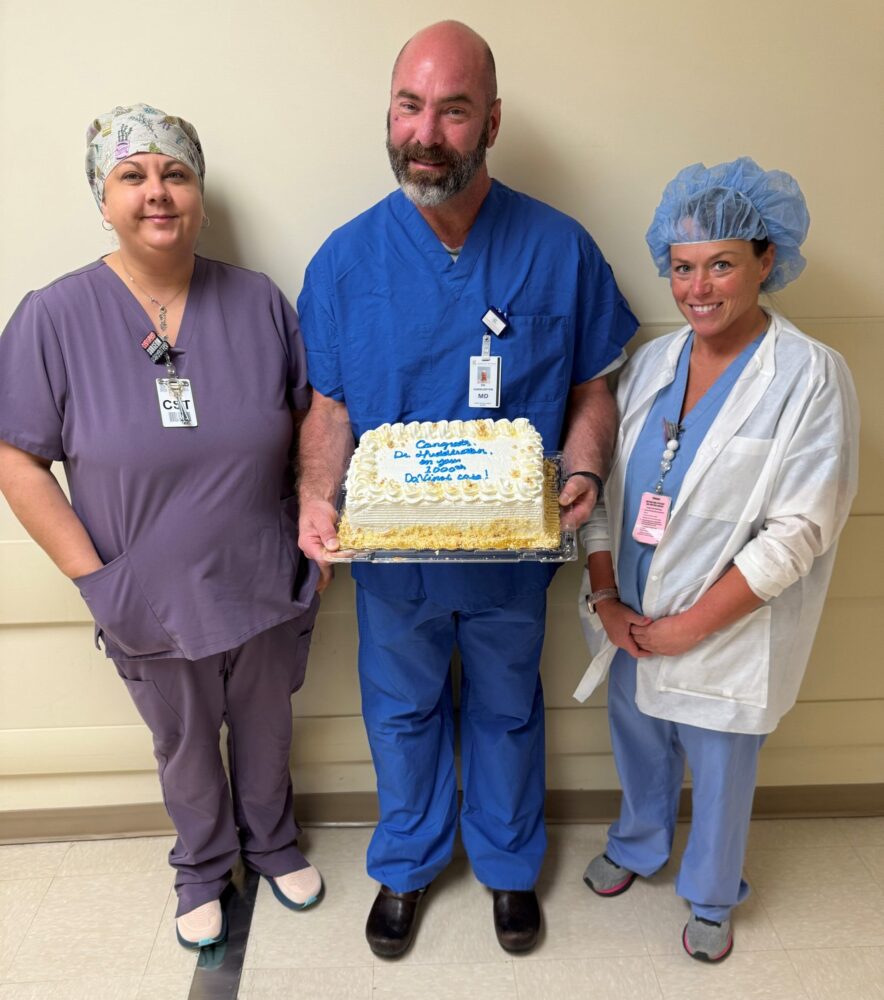The newest technology is available right here at home. With the da Vinci Surgical System, the possibilities are endless.
Many technologies are used to enhance doctors’ capabilities beyond what the human body allows. For example, MRI and CTs allow doctors to “see” inside the body. This same concept applies to the da Vinci Surgical System, allowing surgeons to use the robotic-assisted system to extend the capabilities of their eyes and hands.
The surgeon has an advanced set of instruments to use in performing robotic-assisted minimally invasive surgery with the da Vinci. The surgeon performs surgery with da Vinci by using instruments guided via the console.
Through that console, the system translates the surgeon’s hand movements in real time, bending and rotating the instruments while performing the procedure. The small instruments move like a human hand, but with a much greater range of motion.
The da Vinci also has a highly magnified, 3D high-definition image of the surgical area. This gives the surgeon much better accuracy in using the tools to do a more precise surgery.
